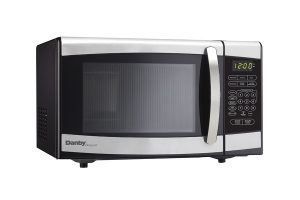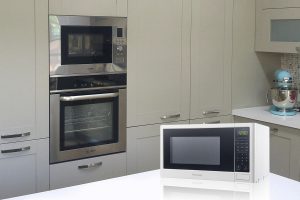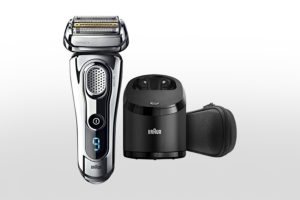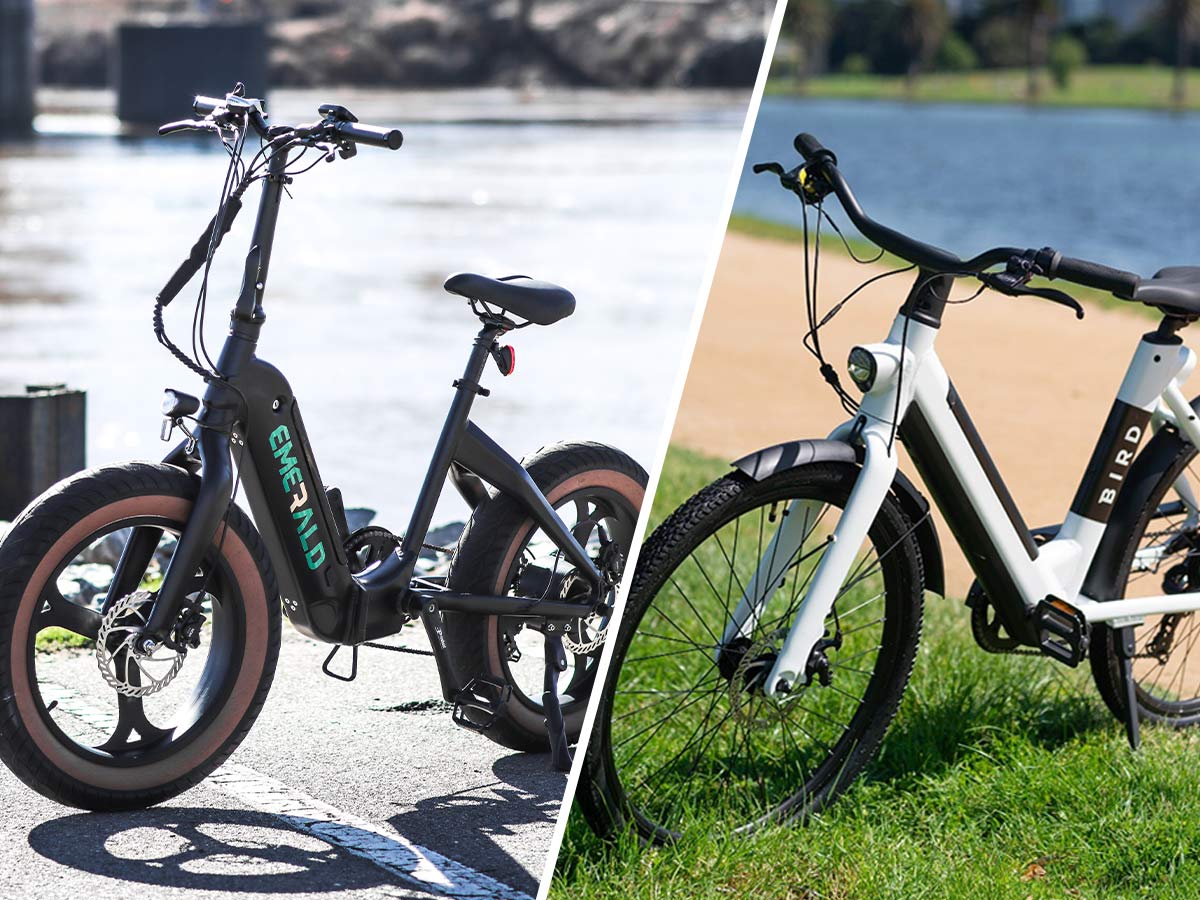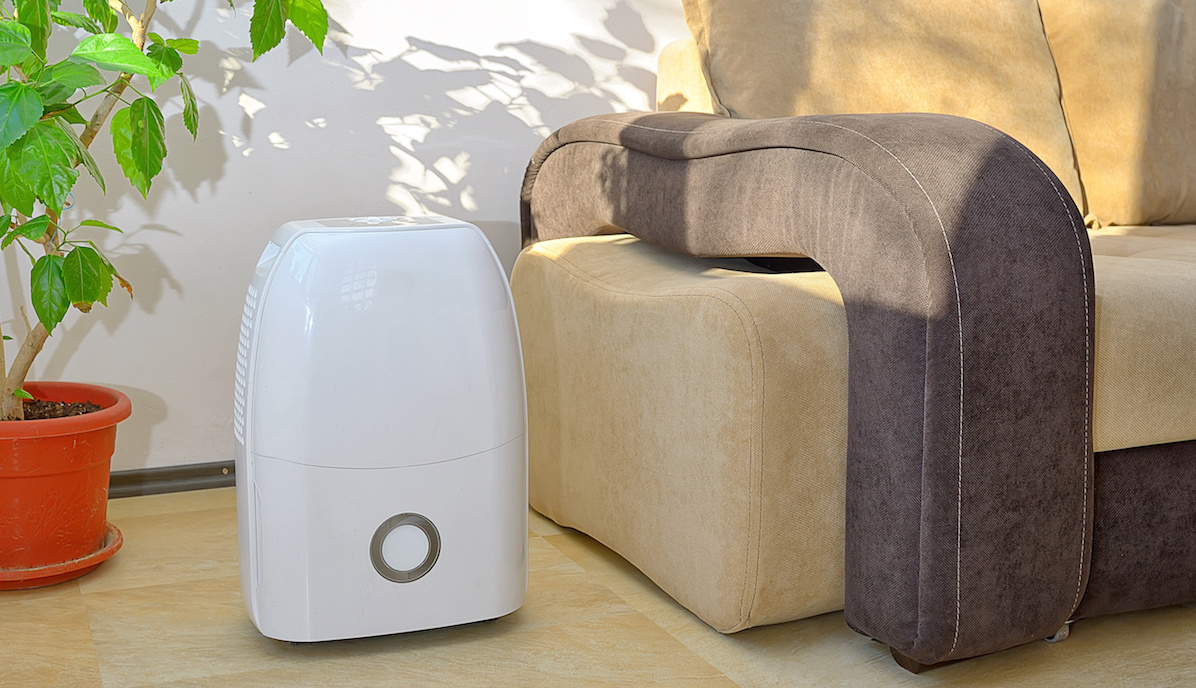Feel the Power: 700-Watt vs. 1100-Watt Microwaves
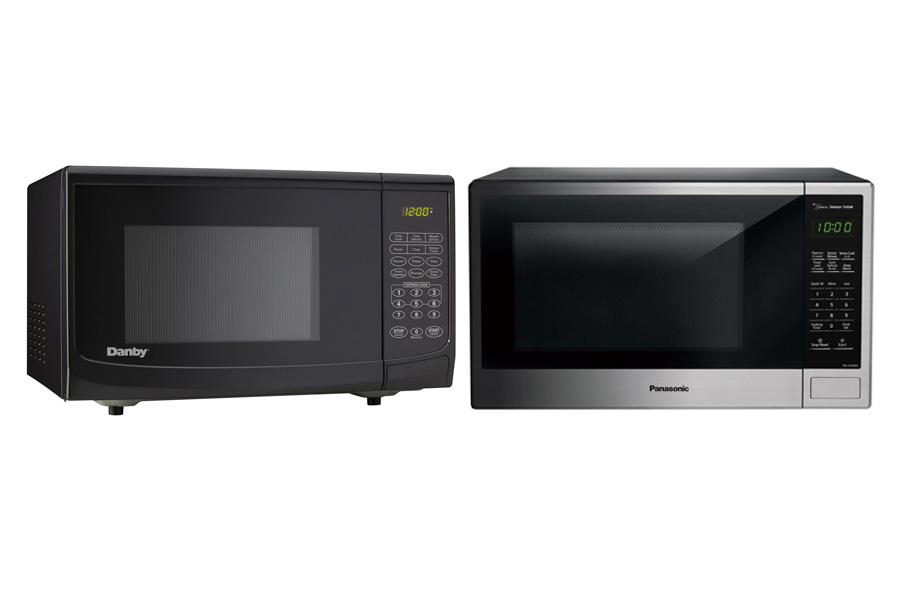
People in the market for a new microwave may be at a crossroads between a 700-watt microwave oven or an 1100-watt microwave. You might think higher wattage means a better microwave, but that may not be the case. Wattage brings a whole list of other considerations along with it that can influence your decision – like size, features, and cost.
Size
The first thing you may notice is that 700-watt microwaves and 1100-watt microwaves vary quite a bit in size. More often than not, a lower wattage means a smaller size. This may not be a big deal for some, but those with limited counter space may want something that takes up as little room as possible. A smaller size also makes it easier to unplug and move when you need your whole countertop.
Of course, while higher-watt microwaves do take up a lot of counter space, they’re able to accommodate bigger dinners, such as a full-sized lasagna for the family. Larger microwaves are also a little harder to move from place to place due to their size, but not impossible. (Unless you opt for a built-in!)
Cooking Time
A smaller microwave limits your meal size, but it also affects how quickly things cook. LifeHacker did a test to see how long it took water to boil in microwaves of various wattage, and the 700-watt microwave took the second-longest at three minutes. Three minutes may not seem very long, but that’s just to boil water. Cooking a frozen meal will take longer, and some meals actually claim to require higher wattages in order to cook at all.
LifeHacker didn’t test 1,100-watt microwaves, but they did test 1,000- and 1,200-watt versions. Based on the times for these, we can assume that a 1,100-watt microwave will take approximately a minute and 45 seconds to boil water. Similarly, frozen dinners can be done at nearly half the amount of time it’ll take a smaller microwave.
As it happens, many microwaveable foods don’t even list 700-watt cooking times on the packaging. It can be difficult for someone with a smaller-wattage microwave to cook full meals. You may have to test cook times through trial and error, or research online to figure out how much longer it’ll take to cook a given food.
Cost
One of the largest determinants for which microwave to choose is the price. Due to the smaller size and power, a 700-watt microwave will be cheaper than a larger one. While you may be able to go even cheaper, most will be around $50-$60, like this small Danby microwave from Amazon. You can see that it takes up a small space at only .7 cubic-feet, which makes it ideal for a small kitchen.
A more powerful microwave will cost more money, and most 1,100-watt microwaves cost around $150, like this Panasonic from Amazon that goes for $112-$145. It’s also bigger than the 700-watter at 1.3 cubic feet, so it takes up more space on the counter. Since customers are paying more, the larger microwaves often have more settings and features. This one has program settings and a “Genius Sensor” that reheats food automatically.
Each microwave will vary quite a bit, so it’s important to be sure you’re getting the microwave you want by reading the wattage and features In general, larger, more powerful microwaves give you more flexibility in cooking. But the cost (in dollars and countertop space) may be more than you’re willing to pay. Before purchasing, be sure to read the description of an item, whether you’re purchasing it in-store or online. It may also be beneficial to measure your countertop space to be sure it fits before purchasing.

